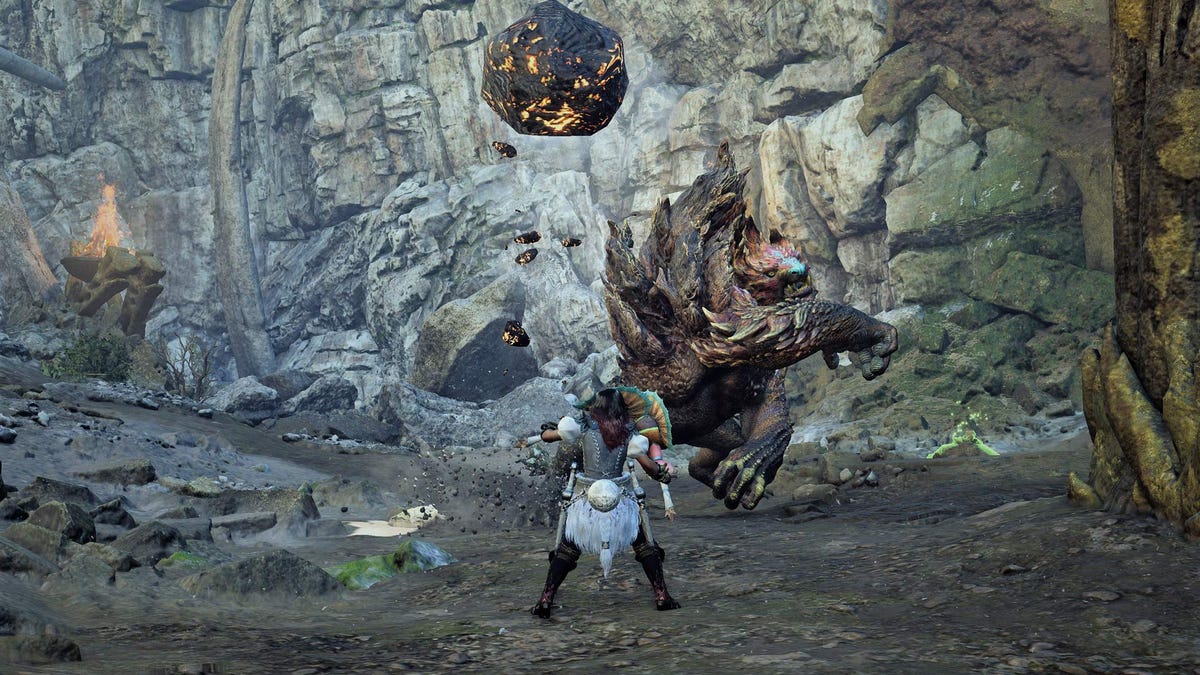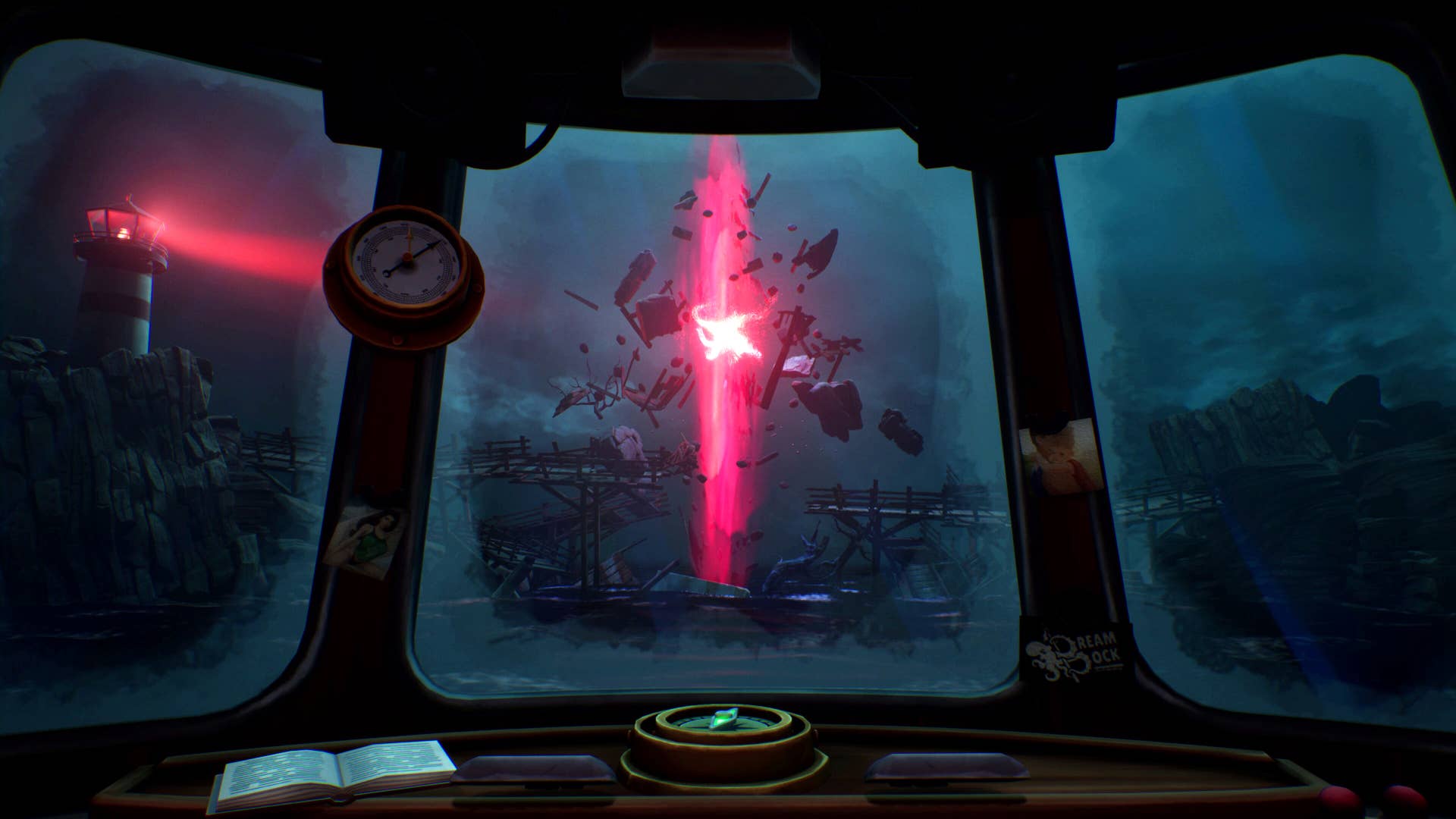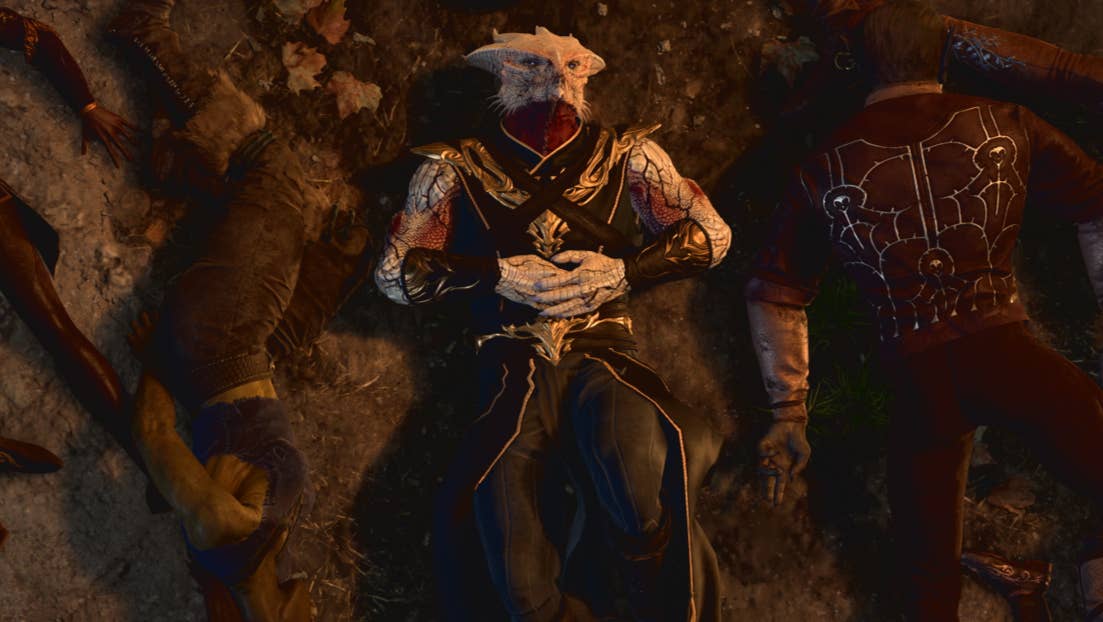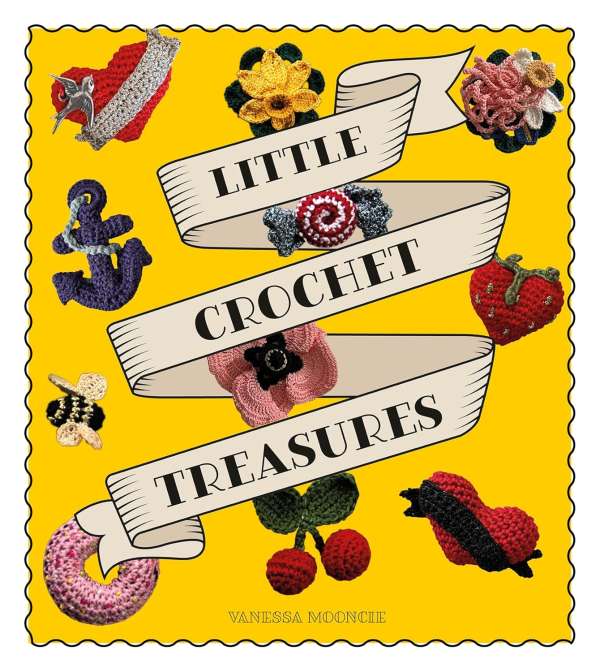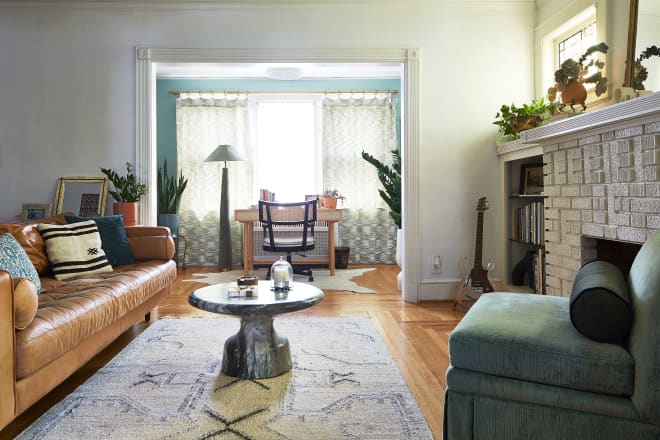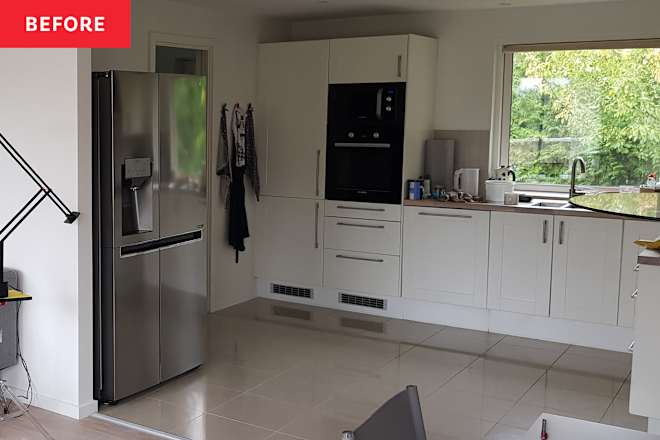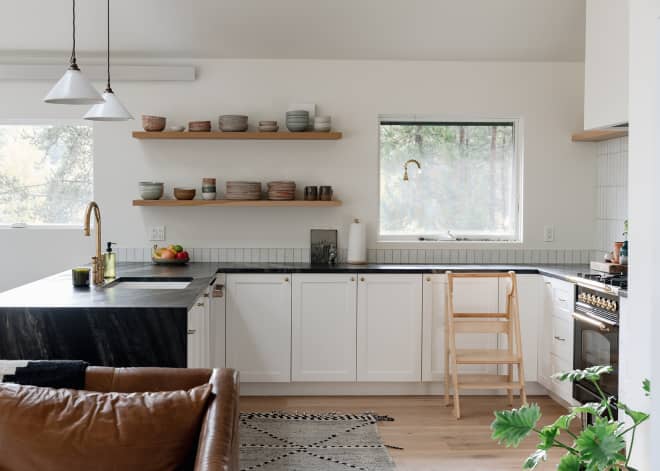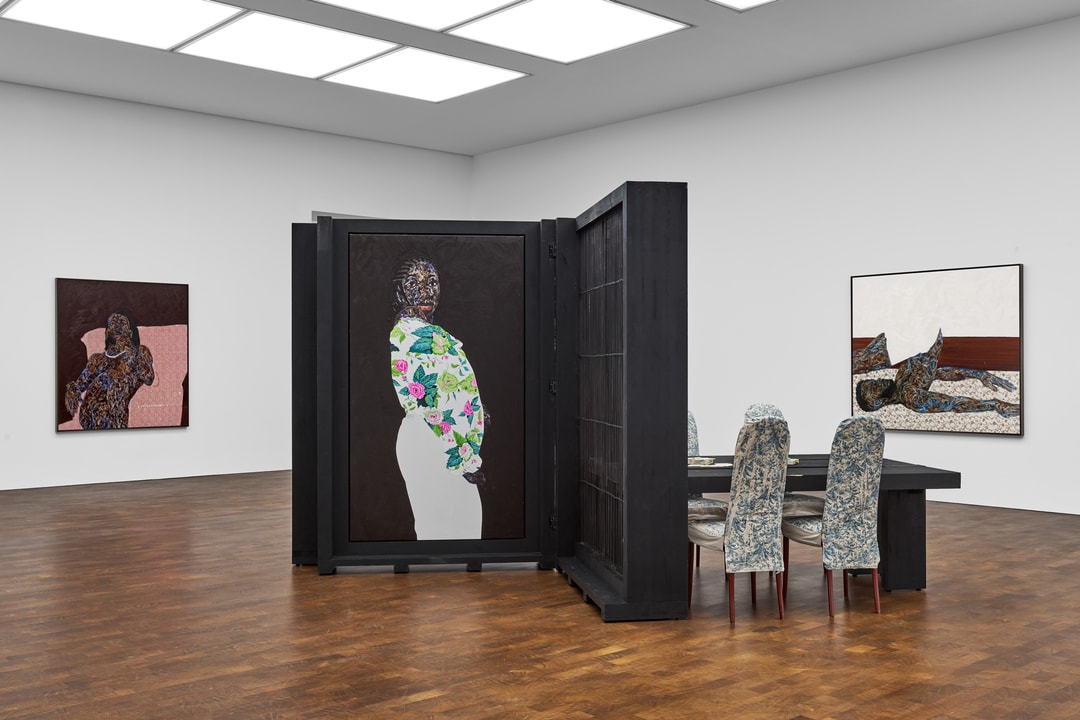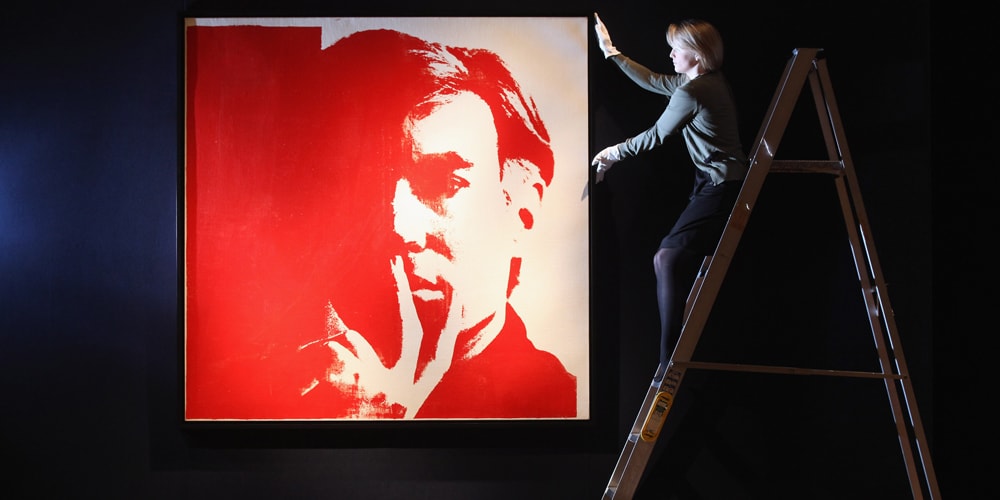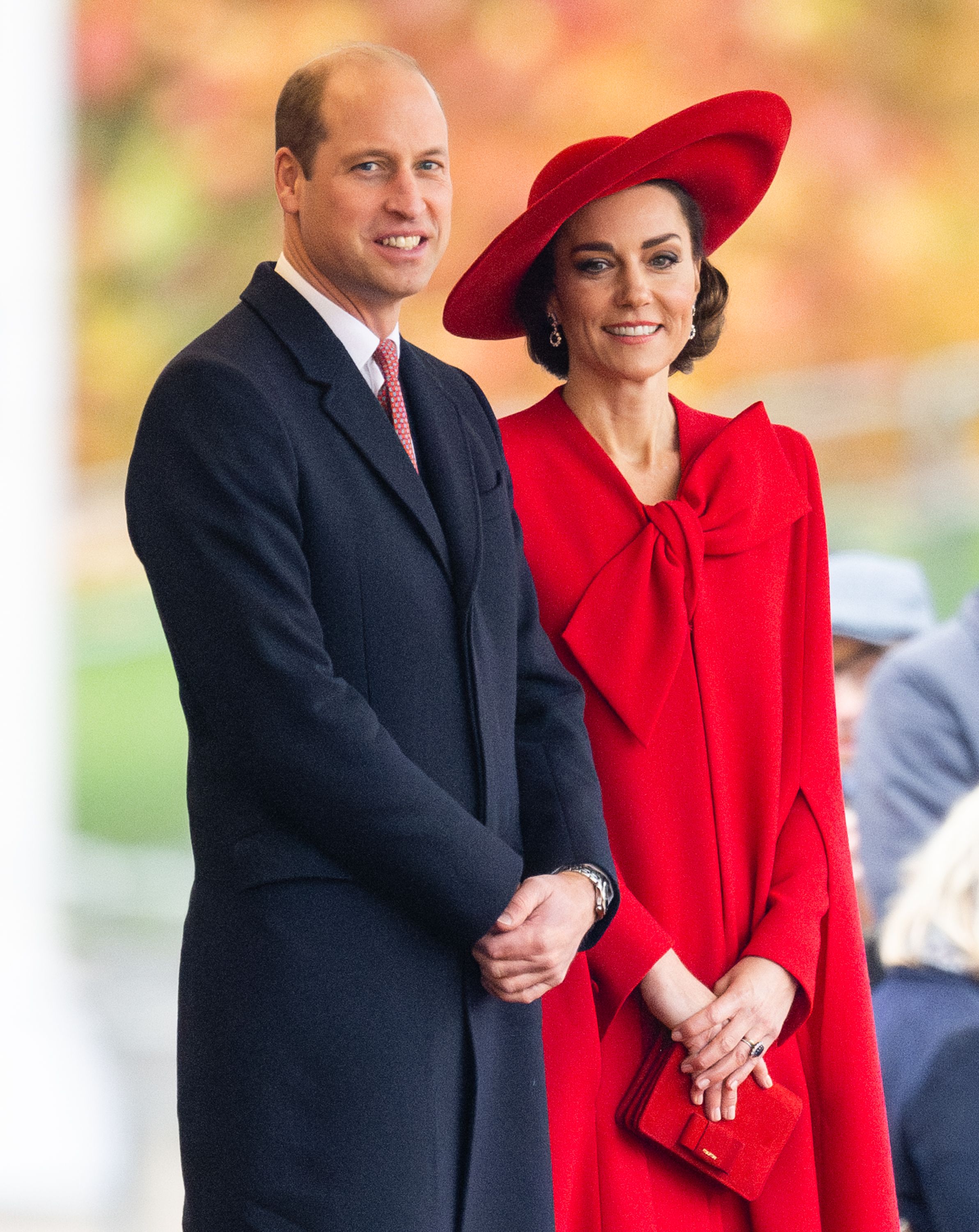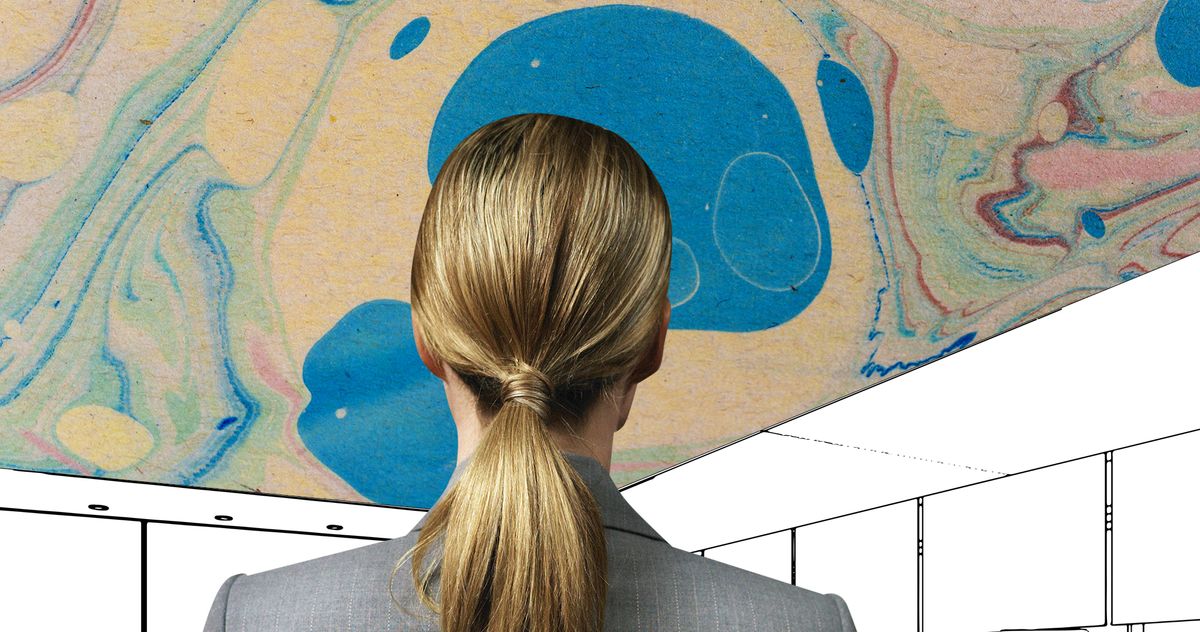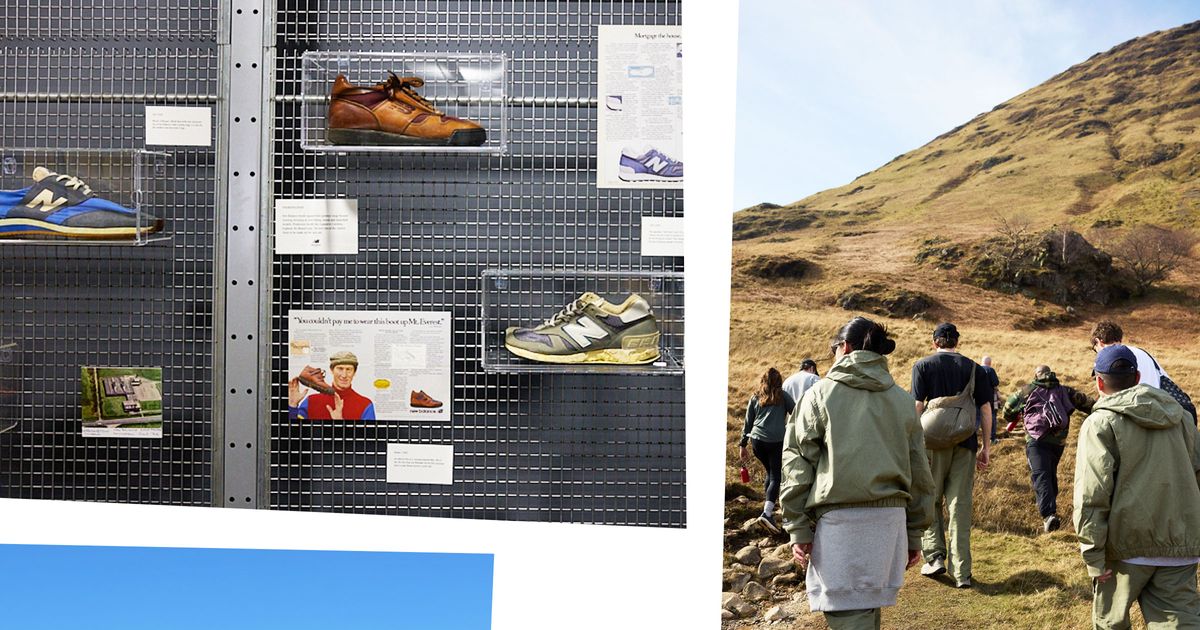How researchers are saving architectural slide collections
Photo courtesy of UC Riverside In a push to preserve the past, the Society of Architectural Historians’ (SAH) Color Film Emergency Project (CFEP) is working to save 35mm color slide collections of architecture from around the world. The project began in 2016 after the realization that collections totaling more than 1.2 million slides that were amassed by 20th-century scholars, preservationists, design practitioners and photographers are at risk of loss and destruction. The project is now being led by the University of California Riverside. With the help of a grant from the National Endowment for the Humanities (NEH) Collections and Reference Resources, the CFEP has been expanded, providing more resources to save these historic slide collections. Sonja Sekely-Rowland, principal investigator, project director and visual resources curator at UCR’s Department of the History of Art, is co-leading the project with Jackie Spafford, formerly UCSB, Maureen Burns, formerly UCI and Ben Thomas, the executive director of the SAH. Eight universities across the United States are also participating. The new grant provides critical funding through 2027, allowing visual resources professionals, archivists, librarians and faculty members to process the massive collections. The project's principal investigator, Sonja Sekely-Rowland, sits next to a collectino of slides. Photo courtesy of UC Riverside Saving these collections is quite an incredible undertaking, given how large each individual collection can be. "Often, these collections total 30,000 or more slides – and can run as high as 150,000 slides," says Sekely-Rowland. As a result, they are being somewhat selective in what gets digitized. "When partnering with living SAH donor-contributors, we ask the donor to identify high-value subsets of materials based on a) what is unique in their collection, and b) images they feel will substantially improve the visual record of a particular place.," she explained. "When working with an estate collection, the project directors and/or consortium partners will work with fellows to make selections based, in part, on formal qualities, physical condition, unique content, and subject area expertise." "Often, these collections total 30,000 or more slides – and can run as high as 150,000 slides," says Sekely-Rowland. Of course, digitizing historic work involves far more than simply scanning in slides. Sekely-Rowland explained that time management and resource management are two of the most significant challenges. "There is an incredible amount of time invested in researching the subject content of each image to produce accurate, granular, and highly structured embedded metadata so that the digitized images can be accessed online." The team has developed an assembly-lin-like processing model to tackle tasks such as organization, development of a finding aid, cleaning and transfer to archival housing, digitization, description, online publication and issues surrounding intellectual property." A slide from the CFEP collection. Photo courtesy of UC Riverside According to the project overview, the slides were taken by SAH members who photographed the "built environment as subject experts in the field of architecture." The result is a unique perspective that shows, in part, "which building elements have advanced work in the field or changed the course of architectural history." The CFEP collections include structures whose creators are known and unknown. They depict specific buildings ranging from modest to grand along with cityscapes and street views. There are broad, overall views and small details captured of buildings, forming a more complete picture which "deepens the understanding of a structure and offers insight into the physical, cultural, political, psychological and/or economic contexts in which a work of architecture was made and are tangible reflections of the human experience." All the newly digitized images for the project will be available to the public through the SAH’s open-access online image database, SAHARA. At the time of writing, there are 4,229 items associated with the CFEP in the database. The current NEH grant aims to digitize 10,500-12,000 new images, massively expanding what is available. Sample galleryThis widget is not optimized for RSS feed readers. Click here to open it in a new browser window / tab.

 |
| Photo courtesy of UC Riverside |
In a push to preserve the past, the Society of Architectural Historians’ (SAH) Color Film Emergency Project (CFEP) is working to save 35mm color slide collections of architecture from around the world. The project began in 2016 after the realization that collections totaling more than 1.2 million slides that were amassed by 20th-century scholars, preservationists, design practitioners and photographers are at risk of loss and destruction. The project is now being led by the University of California Riverside. With the help of a grant from the National Endowment for the Humanities (NEH) Collections and Reference Resources, the CFEP has been expanded, providing more resources to save these historic slide collections.
Sonja Sekely-Rowland, principal investigator, project director and visual resources curator at UCR’s Department of the History of Art, is co-leading the project with Jackie Spafford, formerly UCSB, Maureen Burns, formerly UCI and Ben Thomas, the executive director of the SAH. Eight universities across the United States are also participating. The new grant provides critical funding through 2027, allowing visual resources professionals, archivists, librarians and faculty members to process the massive collections.
 |
|
The project's principal investigator, Sonja Sekely-Rowland, sits next to a collectino of slides. Photo courtesy of UC Riverside |
Saving these collections is quite an incredible undertaking, given how large each individual collection can be. "Often, these collections total 30,000 or more slides – and can run as high as 150,000 slides," says Sekely-Rowland. As a result, they are being somewhat selective in what gets digitized. "When partnering with living SAH donor-contributors, we ask the donor to identify high-value subsets of materials based on a) what is unique in their collection, and b) images they feel will substantially improve the visual record of a particular place.," she explained. "When working with an estate collection, the project directors and/or consortium partners will work with fellows to make selections based, in part, on formal qualities, physical condition, unique content, and subject area expertise."
"Often, these collections total 30,000 or more slides – and can run as high as 150,000 slides," says Sekely-Rowland.
Of course, digitizing historic work involves far more than simply scanning in slides. Sekely-Rowland explained that time management and resource management are two of the most significant challenges. "There is an incredible amount of time invested in researching the subject content of each image to produce accurate, granular, and highly structured embedded metadata so that the digitized images can be accessed online." The team has developed an assembly-lin-like processing model to tackle tasks such as organization, development of a finding aid, cleaning and transfer to archival housing, digitization, description, online publication and issues surrounding intellectual property."
 |
|
A slide from the CFEP collection. Photo courtesy of UC Riverside |
According to the project overview, the slides were taken by SAH members who photographed the "built environment as subject experts in the field of architecture." The result is a unique perspective that shows, in part, "which building elements have advanced work in the field or changed the course of architectural history."
The CFEP collections include structures whose creators are known and unknown. They depict specific buildings ranging from modest to grand along with cityscapes and street views. There are broad, overall views and small details captured of buildings, forming a more complete picture which "deepens the understanding of a structure and offers insight into the physical, cultural, political, psychological and/or economic contexts in which a work of architecture was made and are tangible reflections of the human experience."
All the newly digitized images for the project will be available to the public through the SAH’s open-access online image database, SAHARA. At the time of writing, there are 4,229 items associated with the CFEP in the database. The current NEH grant aims to digitize 10,500-12,000 new images, massively expanding what is available.






















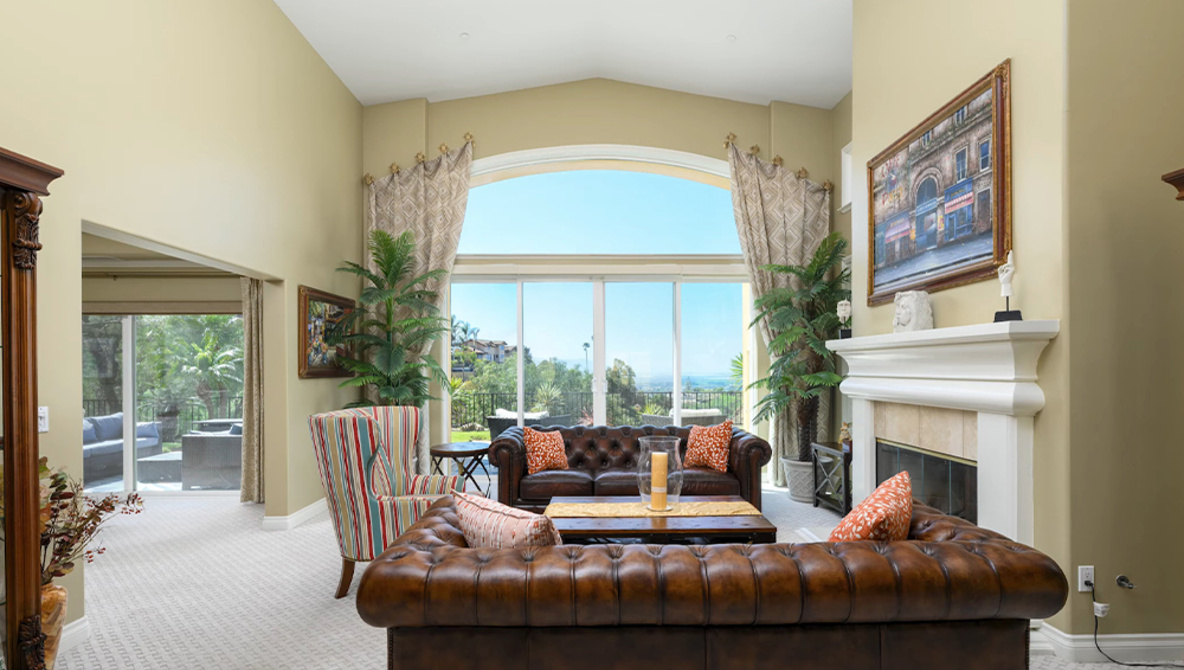










































-Baldur’s-Gate-3-The-Final-Patch---An-Animated-Short-00-03-43.png?width=1920&height=1920&fit=bounds&quality=70&format=jpg&auto=webp#)












